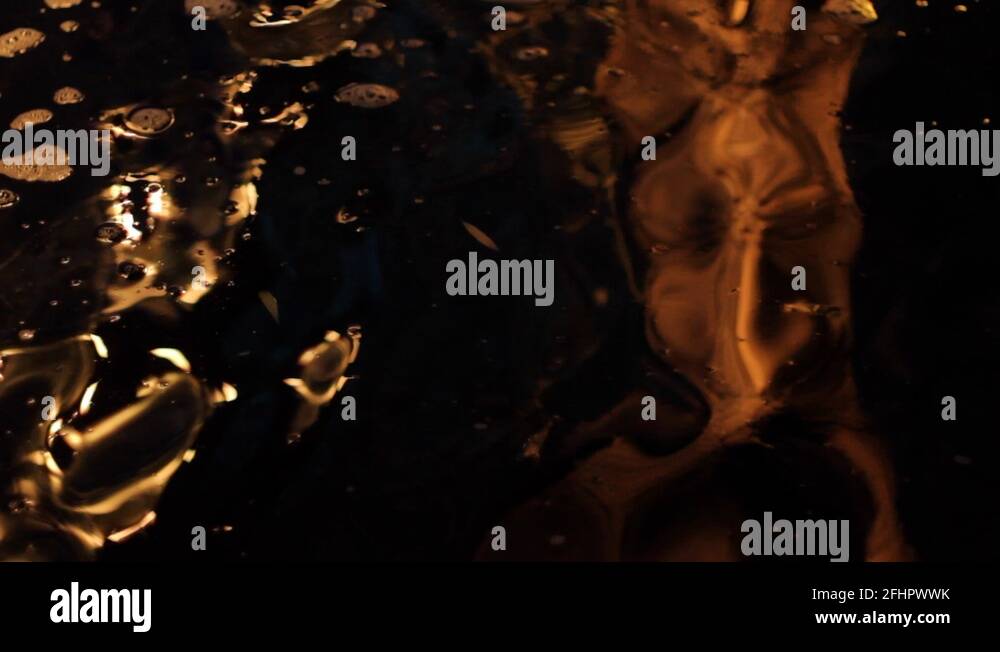
PSR has been known for long to have an underlying although unclear genetic basis. Indeed, PSR-positive individuals are generally well aware of their reflex, while PSR-negative individuals are usually unaware or have even never heard of this reflex. Efforts to test or reproduce the reflex response in clinical setting by exposing individuals to bright light were unreliable, so in the absence of a standardized testing method, PSR was likely best diagnosed by directly questioning the individuals and identifying the affected ones by their self-reporting. Instead, PSR was mediated and induced by changes in the intensity of light 17. Study of military medicine revealed that PSR was not associated with specific wavelengths of light so the use of filtering lenses in sunglasses or goggles would not be helpful in mitigating the reflex 17.
Photox sun reflex drivers#
Although the phenotype is not deleterious enough to qualify as a disease, PSR presents annoyance or even danger to susceptible people when they emerge from darkness or dim light into considerable brightness, such as drivers exiting a tunnel, pilots conducting flights, patients undergoing surgery, miners working underground etc. First reported in medical literature as early as in 1954 15, PSR was a common but poorly understood phenotype with relatively high prevalence in diverse populations (on average affecting about one in every four people) 16. Sneezing is generally a protective reflex expelling particles and irritants from the nasal cavity, but it is a puzzle how bright light could stimulate the sneeze reflex, and evolutionarily speaking, whether it has any physiological relevance. Photic sneeze reflex (PSR), also known as autosomal dominant compulsive helio-ophthalmic outbursts (ACHOO) syndrome 14, refers to uncontrollable reflexive sneezing in response to sudden exposure to bright light. Since its landmark achievement identifying loci associated with macular degeneration 4, GWAS has thrived in the past decade 5, 6, 7, and has been nonstop uncovering novel genetic loci strongly associated with many important diseases 8, 9, 10 and interesting traits 11, 12, 13. A genome-wide association study (GWAS) is a modern high-throughput method simultaneously genotyping up to 1 million common genetic variants (single nucleotide polymorphisms, or SNPs) with a gene chip, and scanning on a genome-wide level the significant association of hit SNPs with phenotypes-of-interest.

height, chin dimple, age at menarche etc.) 3, of which the underlying genetic mechanisms remain largely unelucidated. Alzheimer’s, Parkinson’s, asthma etc.) as well as a great number of common and interesting traits (eg. Such phenotypes include many challenging diseases (eg. In comparison to Mendelian phenotypes that are exclusively explained by genetic variation at a single defined locus (generally in the coding region of a certain gene), complex phenotypes are caused by a collective effect of many genetic variants throughout the genome 1, requiring “omics” studies to fine map the associated and even better the causal loci 2. Together with previous GWAS in other populations, the result substantiated the polygenic and non-ethnicity-specific nature behind the PSR phenotype. The two independent SNPs were intergenic, and collectively enhanced PSR classification by lifting the area-under-curve value in ROC curve to 0.657.

Minor alleles respectively contributed to increased or reduced risk for PSR with odds ratio (95% confidence interval) at 1.68 () for rs10427255 and 0.65 () for rs1032507. To uncover the underlying genetic markers (single nucleotide polymorphisms, SNPs), a genome-wide association study (GWAS) was conducted exclusively in a Chinese population of 3417 individuals (PSR prevalence at 25.6%), and reproducibly identified both a replicative rs10427255 on 2q22.3 and a novel locus of rs1032507 on 3p12.1 in various effect models (additive, as well as dominant and recessive). Photic sneeze reflex (PSR) is an interesting but yet mysterious phenotype featured by individuals’ response of sneezing in exposure to bright light.


 0 kommentar(er)
0 kommentar(er)
